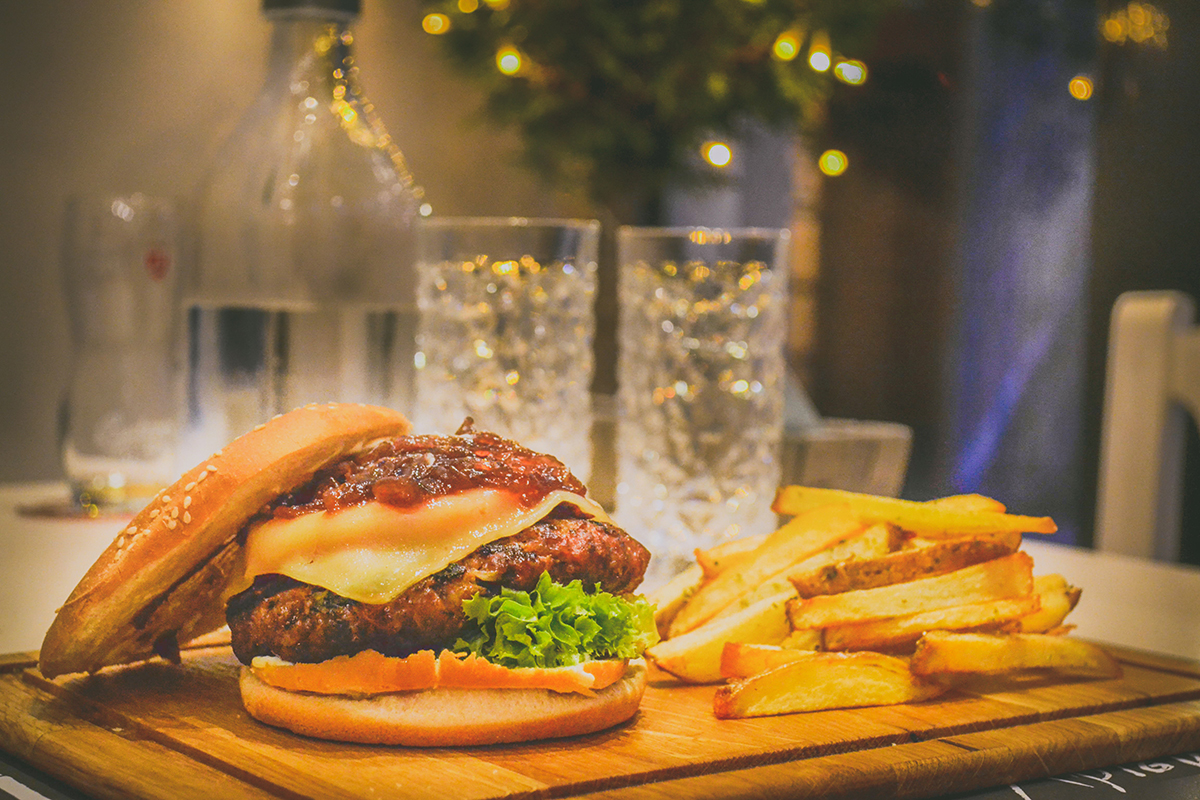We are all trying to make healthier food choices especially with the rise in cases of obesity and other diet-related health complications. With the recently introduced government policy requiring larger food outlets to publish the number of calories in their meals on their menus, these choices have become increasingly challenging.
 But all this calorie headache may not be worth it. A study conducted by the Natural Resources Institute (NRI) of the University of Greenwich at the request of The Sunday Times, revealed that ‘calorie counts on menus are often wildly inaccurate’. According to The Sunday Times, tests showed that ‘popular restaurant meals contain up to double the calories stated on the menus.’
But all this calorie headache may not be worth it. A study conducted by the Natural Resources Institute (NRI) of the University of Greenwich at the request of The Sunday Times, revealed that ‘calorie counts on menus are often wildly inaccurate’. According to The Sunday Times, tests showed that ‘popular restaurant meals contain up to double the calories stated on the menus.’
For the study, meals ordered by The Sunday Times from ten popular restaurant chains in the UK including Côte, Las Iguanas, Dishoom and Pizza Express were tested by NRI in the food testing laboratory of the Medway Food Innovation Centre. Of the 20 meal samples purchased, only half were within the 20 per cent ‘accepted margin of difference’ permissible by the government between real and stated calories. Five of the samples had considerably higher calories than stated on the menu, while five had considerably lower. With 727 calories, Dishoom's roomali roti, a soft flatbread, contained more than three times the 236 calories stated. A Las Iguanas nachos serving with sour cream, guacamole and salsa contained 1,156 calories, more than twice the stated 576 calories.
These findings call into question the accuracy of calorie figures indicated on menus, which typically feature precise numbers and can be misleading. This is because calorie figures can be affected by a myriad of factors including unreliability of some methods of calorie estimation, differences in cooking practices and variations in portion sizes. ‘Given these realities, it is advisable for consumers to use the nutritional information declared on the menu as a guide and rough estimate, rather than an absolute value,’ said Dr Nazanin Zand, Associate Professor in Food Science and Nutrition at NRI, and leader of the team that conducted the tests.
‘The current system (of calculating calories) has several limitations,’ Nazanin told The Sunday Times. Restaurants normally depend on third-party software which sum up the calorific values of each ingredient to arrive at the overall calorie value of a dish. Many of these restaurants do not send samples of their dishes for laboratory testing due to the extra costs and logistical limitations involved. ‘They primarily rely on standard values for ingredients, which do not account for variations in the quality, origin or freshness of the ingredients used. Consequently, the calculated nutritional content might not reflect the actual values accurately. Another significant limitation in some software is its inability to take into account the impacts of different cooking methods. The process of cooking can drastically alter the nutritional profile of ingredients,’ she explained.
While a certain degree of variation is to be expected due to the reasons discussed above, some of the observed discrepancies in caloric values, were excessively high. This suggests a systemic issue with the reliability of the nutritional data currently being provided by restaurants. Consumers should be made aware of the potential inaccuracies and approach the declared nutritional values as approximations, not absolute figures.
 A better way of conveying nutrition information could involve presenting nutritional values as a percentage of the daily recommended dietary allowance. ‘This could enable consumers to better understand how a particular dish fits into their overall daily diet, without requiring detailed understanding of caloric needs or the ability to perform complex dietary calculations’, Nazanin said.
A better way of conveying nutrition information could involve presenting nutritional values as a percentage of the daily recommended dietary allowance. ‘This could enable consumers to better understand how a particular dish fits into their overall daily diet, without requiring detailed understanding of caloric needs or the ability to perform complex dietary calculations’, Nazanin said.
Additionally, implementing a 'traffic light' system which uses colours to indicate the relative healthiness of a food item, could further simplify the process of understanding nutritional content - green to indicate low levels of unhealthy nutrients such as fats, sugar and salt, amber to represent medium levels, and red to show high levels. This visual representation can quickly convey essential nutrition information without the need for numerical interpretation or finding details in small print.
The Department of Health and Social Care estimates that there will be a reduction of 70,000 children and 300,000 adults living with obesity because of the policy mandating menu labelling. While menu labelling, the practice of including calories on menus, is intended to prompt consumers to make healthier food choices, evidence of its effectiveness is still scanty. For example, research on the effects on menu labelling found that it could negatively affect people with eating disorders. The authors argued that when making hypothetical food choices from a menu that includes a calorie count, individuals with disorders like anorexia and bulimia are more likely to order food with significantly fewer calories. People with a binge eating disorder on the other hand are more likely to order food with significantly more calories. Another study showed that calorie labelling is effective in decreasing the number of calories ordered by consumers who are concerned with the health value of food. However, for consumers whose value orientation is toward quantity and taste, menu labelling may result in an increase in calories purchased. These influences counterbalance one another, leading to an overall nonsignificant effect of calorie labelling on calories ordered in restaurant settings, the study concludes. Labelling may increase intake among those less motivated by health and weight concerns. Research published in the British Medical Journal has also shown that initial reductions in calories per order diminish over one year indicating that the intended effects of labelling may not be sustained.
It remains to be seen whether the government’s labelling policy will achieve its intended outcome.
This news piece is based on an article originally published by The Sunday Times. Read the original article here.
Other coverage of The Sunday Times’ study can be found in The Daily Mail and the Daily Express (17 July, Page 11).

